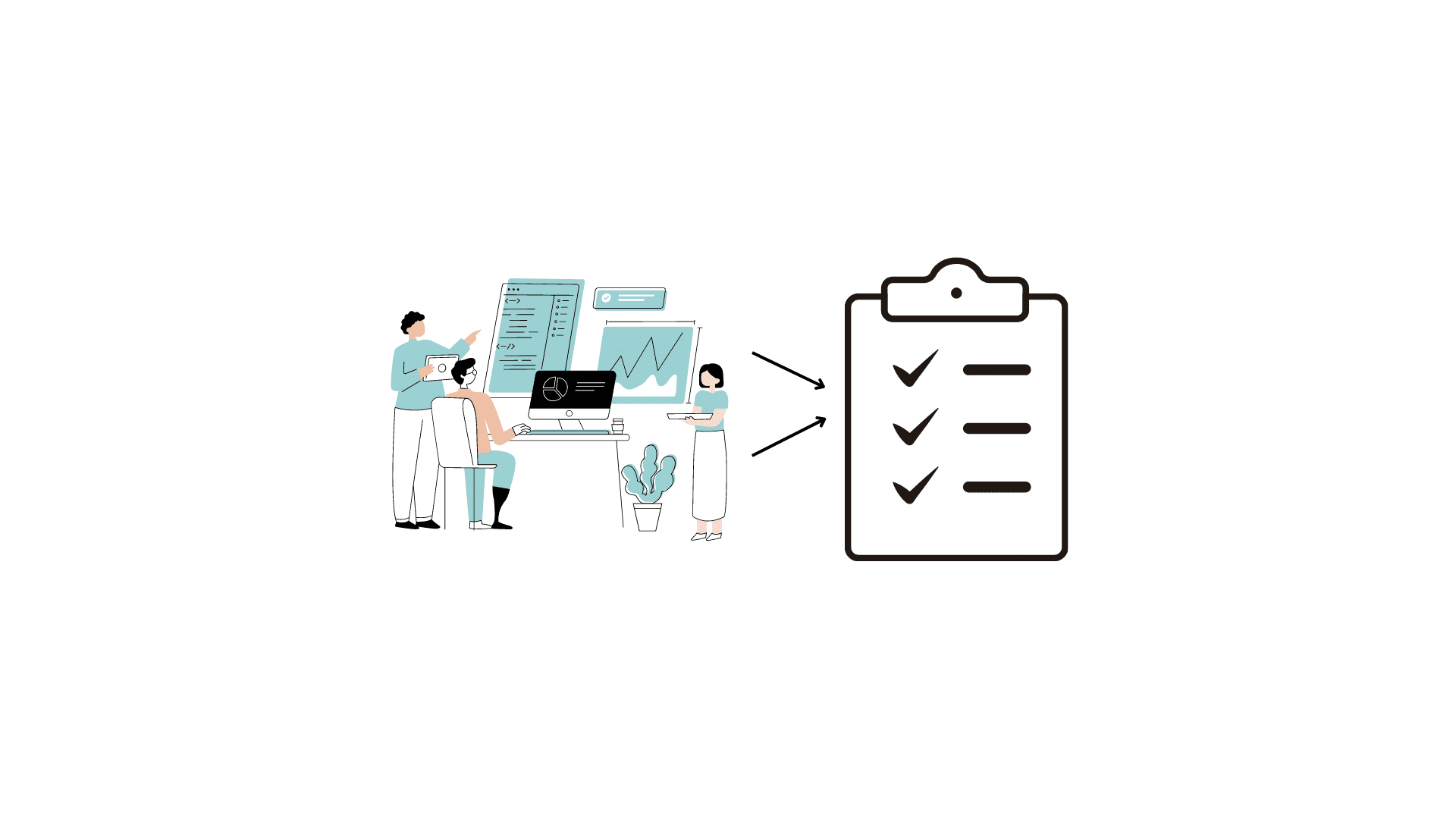To verify that the software performs as anticipated and satisfies end users’ demands, testing the software is crucial to the software development process. While it can be done manually, its can be a time-consuming and error-prone task, especially for large and complex software projects. This is where test management tools come in. These tools are software applications that help software development teams manage the process of planning, executing, and reporting. In this blog, we’ll explore the benefits of using these tools for software evaluation. Effective software testing management is essential for streamlining test planning, execution, and reporting in complex projects.
Improved Efficiency and Productivity
These tools automate many aspects of the process, from creating test cases to running them and analyzing the results. This automation saves a considerable amount of time and effort, which means that it can be completed faster and with higher accuracy. This, in turn, improves the overall efficiency and productivity of the team. With efficient software test case management, teams can organize, track, and execute cases to ensure thorough coverage.
Better Collaboration
These tools provide a centralized platform for the team to work together, enabling better collaboration and communication. Team members can share cases, results, and other relevant information with each other, eliminating the need for manual coordination via email or other means. As a result, better teamwork is encouraged as communication is maintained.
Increased Test Coverage
Manual testing is limited by the time and resources available. These tools, on the other hand, can run multiple checks simultaneously, allowing for greater coverage. This means that the team can check for more scenarios and catch more defects, resulting in better software quality. Effective case management ensures that every aspect of the software is evaluated thoroughly and systematically.
Improved Traceability and Reporting
These tools allow for better traceability and reporting of the processes. Test cases and results can be easily tracked, and reports can be generated quickly and efficiently. This helps the team identify areas of improvement and communicate progress and results to stakeholders.
Reduced Costs
By automating many aspects of the process, test management tools reduce the amount of time and effort required to complete the checks. This, in turn, reduces costs, as fewer resources are needed. Additionally, by catching defects earlier in the development process, test management tools help reduce the cost of fixing defects later on.
Better Quality
In the end, testing’s objective is to guarantee that the program operates as intended and satisfies user requirements. Test management tools help achieve this goal by improving the efficiency and accuracy, increasing coverage, and reducing the overall costs. They do this to make sure the software is of a greater quality and satisfies the expectations of the end customers.
Integration
Test management tools can integrate with other software development tools, such as bug tracking systems, version control systems, and continuous integration tools. This integration streamlines the process and helps teams work more efficiently.
Reusability
These tools allow to reuse test cases and suites, which helps save time and effort. They can be modified as needed to reflect changes in requirements or to cover additional scenarios.
Conclusion
Using test management tools provides numerous benefits, including improved efficiency and productivity, better collaboration, increased coverage, improved traceability and reporting, reduced costs, and better quality. By using these tools, teams can save time and effort, catch defects earlier, and ensure that the software meets the needs of the end-users. Software testing management tools provide real-time insights into progress, enhancing decision-making for QA teams.
Test management tools also contribute to enhanced risk management by enabling teams to identify and mitigate potential issues proactively. By centralizing cases, requirements, and results, these tools facilitate better decision-making and help teams prioritize efforts effectively.
Moreover, the insights generated by test management tools enable continuous improvement in processes and strategies. By analyzing metrics and identifying areas for optimization, teams can refine their approach over time, leading to higher efficiency, effectiveness, and overall software quality. Thus, investing in a robust solution is not only beneficial for current projects but also lays the foundation for long-term success and growth in software development endeavors.


























